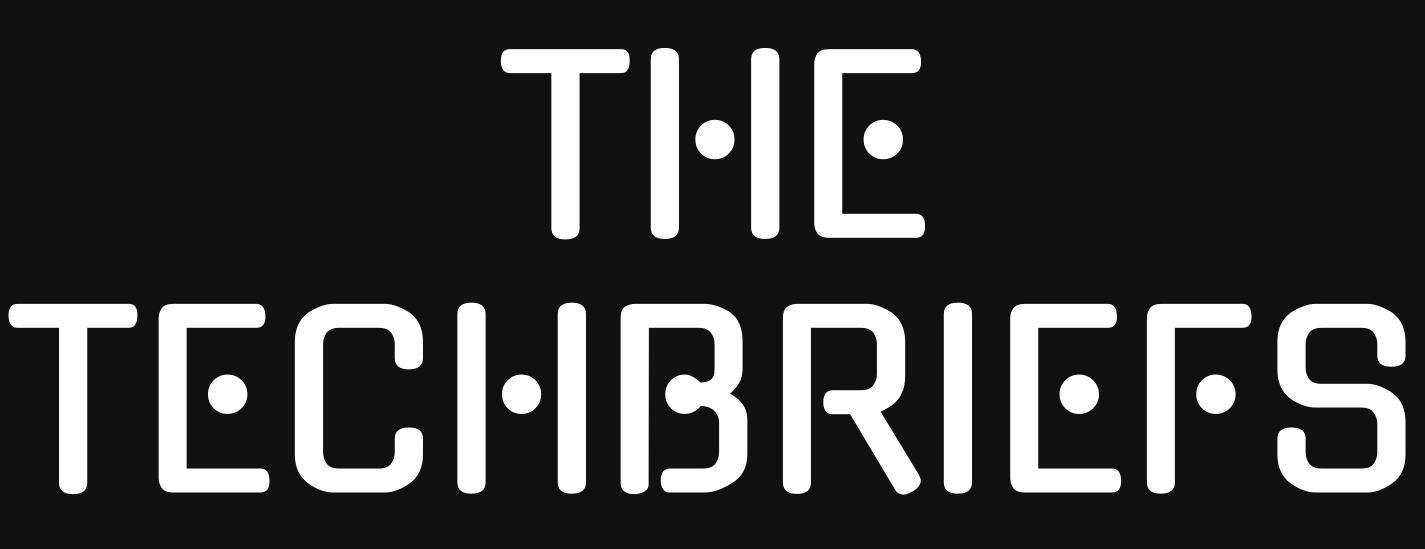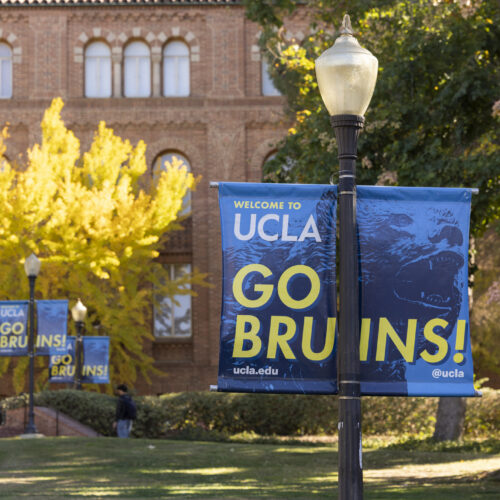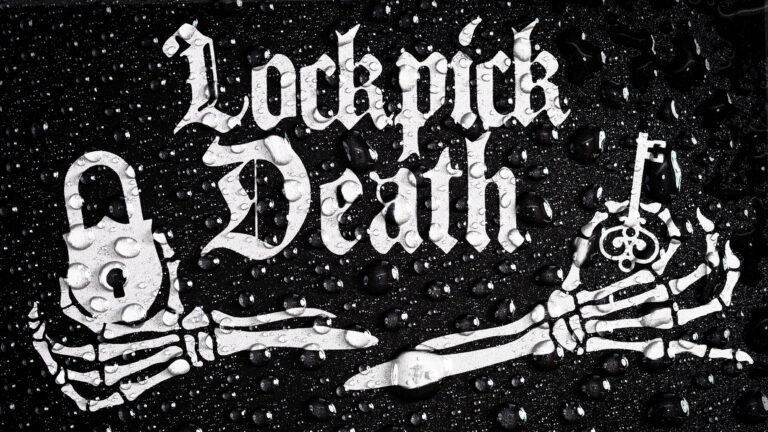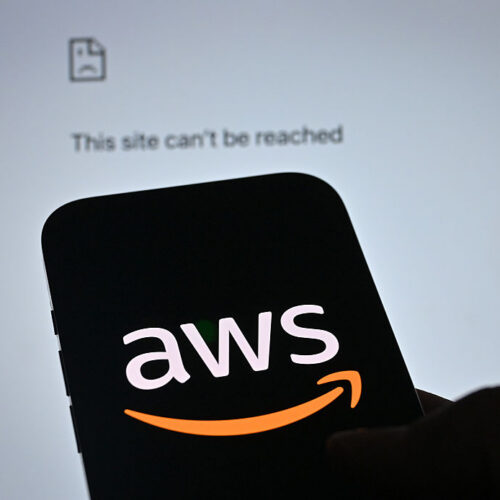The deal wouldn’t protect UCLA from the proposed university compact.
On Friday, the California Supreme Court ordered the University of California system to release the details of a proposed deal from the federal government that would restore research grants that were suspended by the Trump administration. The proposed deal, first issued in August, had remained confidential as a suit filed by faculty at UCLA made its way through appeals. With California’s top court now weighing in, the university administrators have released the document, still marked “draft” and “confidential attorney work product.”
Most of the demands will seem unsurprising to those familiar with the Trump administration’s interest: an end to all diversity programs and those supporting transgender individuals, plus a sharp crackdown on campus protests. The eye-opening portion comes at the price tag of nearly $1.2 billion paid out, with UCLA covering all the costs of compliance. And, as written, the deal wouldn’t stop the Trump administration from cutting the grants for other reasons or imposing more intrusive regulations, such as those mentioned in its university compact.
Familiar concerns
In many ways, the proposed deal is much more focused than the odd list of demands the administration sent Harvard University earlier this year, in that it targets issues that the administration has focused on repeatedly. These include an end to all diversity programs at both the faculty and student levels. It demands that UCLA agree to “remove explicit or implicit goals for compositional diversity based on race, sex, or ethnicity, including eliminating any secretive or proxy-based ‘diversity’ hiring processes.”
Foreign students are also targeted, with UCLA being told to set up a program to ensure that no “foreign students likely to engage in anti-Western, anti-American, or antisemitic disruptions or harassment” are admitted. “UCLA will also develop training materials to socialize international students to the norms of a campus dedicated to free inquiry and open debate.” The hospital associated with the university would also be forbidden from engaging in any gender-affirming care, and UCLA would not only prohibit transgender athletes but also strip any prior ones of any achievements.
Finally, the university would impose extensive limits on campus protests, many of these targeted to the events that occurred at UCLA at the start of the Israel-Hamas conflict. These include both curbs on some of the targeted harassment that took place, but also general prohibitions on things like overnight demonstrations or anything that disrupted a public event at the university. Equally worrying from the free speech perspective is a directive to “protect faculty and students from retaliation for expressing minority opinions or engaging in free expression,” the impact of which will depend on how loosely “retaliation” is defined.
But the draft agreement specifically disavows some intrusive actions. “No provision of this Agreement, individually or taken together, shall be construed as giving the United States authority to dictate faculty hiring, University hiring, admission decisions, or the content of academic speech,” it dictates.
Financial considerations
But the US isn’t satisfied with dictating a lot of the terms of education at UCLA. It also wants money—lots of it. For starters, there’s a flat payment of $1 billion in the proposed terms. But things do not end there. The agreement assumes that there will be financial claims made against UCLA for the “violations” that the agreement is meant to be in response to. So, the deal also requires UCLA to set aside $170 million to settle these claims.
Those are just the one-time costs. The deal also stipulates that “UCLA shall bear all costs associated with implementing the terms of this Agreement.” That includes hiring someone to oversee its compliance with the agreement, which includes changing internal UCLA regulations and gathering all sorts of statistics on hiring and admissions to hand over to the government. It would also have to pay for a resolution monitor if any disagreements between the two parties crop up. Then pay for an arbitrator if those can’t be resolved via negotiations.
The system for resolving disputes also opens up UCLA to additional restrictions: “The Resolution Monitor may make recommendations to the Parties regarding actions necessary to ensure timely, substantial, and effective compliance with the obligations of this Agreement.”
What does UCLA get in return for all of this? The grants that had been held up were to be restored. At least for now. “Nothing in this Agreement prevents the United States (including during the period of the Agreement),” the draft reads, “from conducting subsequent compliance reviews, investigations, defunding, or litigation related to UCLA’s actions occurring after the Effective Date of this Agreement.” In other words, the administration can cut these grants again in the future if it so chooses.
And, in fact, the evidence is that the Trump administration intends to use the threat of funding cuts to force far more obtrusive changes on universities. There is nothing in this document that would protect UCLA from the conditions in the proposed university compact, which would make all federal funding contingent upon universities ceding control of education and hiring to the federal government.
While UCLA hasn’t agreed to this proposed deal, several other universities reached agreements with the federal government at about the same time. So it’s likely that those universities have accepted similar agreements.
John is Ars Technica’s science editor. He has a Bachelor of Arts in Biochemistry from Columbia University, and a Ph.D. in Molecular and Cell Biology from the University of California, Berkeley. When physically separated from his keyboard, he tends to seek out a bicycle, or a scenic location for communing with his hiking boots.






